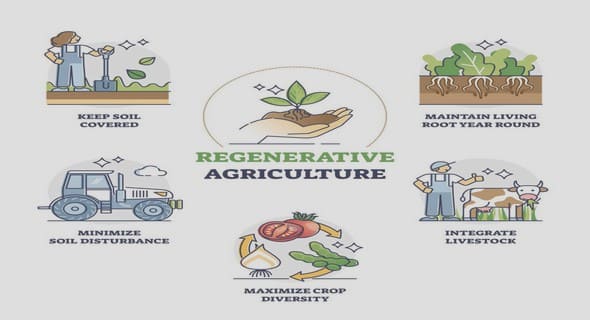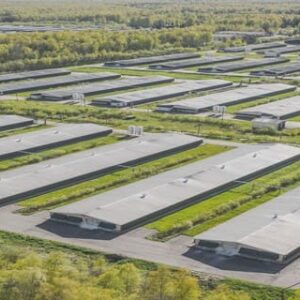(Downloads - 0)
For more info about our services contact : help@bestpfe.com
Table of contents
1. Introduction
1.1. Sustainable development concept and importance
1.2. Sustainable agriculture
1.3. Morocco current situation
1.3.1. Agriculture in Morocco
1.3.2. Energy situation
1.4. Souss-Massa region, Morocco
1.4.1. Souss Massa tomatoes
1.4.2. Souss Massa Post-harvest of Tomato
1.5. Stakeholders
1.6. Study boundaries
1.6.1. Geographical boundaries
1.6.2. Types of energy considered
1.7. Literature review
1.8. Goals
2. Methodology
2.1. Life cycle analysis suitability
2.2. Datasets
2.2.1. Souss-Massa’s administrative boundaries
2.2.2. Modelling post harvesting activities
2.2.2.1. Tomato production in greenhouses
2.2.2.2. Local market
2.2.2.3. Packaging and storing stations
2.2.2.4. Transformation stations
2.3. Modelling
2.3.1. Flows
2.3.2. Postharvest distribution
2.3.3. Transport
2.3.4. Packaging, Storing and Transformation
2.3.4.1. From GHs to local market
2.3.4.2. From GHs to packaging and transformation station
2.3.4.3. From packaging and transformation station to port
2.3.4.4. From packaging and transformation station to exported country via International Road Transport (TIR)
2.3.5. Tomato Waste
2.3.6. GridFrom packaging and transformation station to exported country via International Road Transport (TIR)
2.3.6.1. Grid Efficiency
2.3.7. EMISSIONS
2.3.8. Revenues and Energy Cost
2.4. Scenarios
2.4.1. Business as Usual (BAU)
2.4.2. Efficient transport scenario (ET)
2.4.3. Waste reduction transport scenario (WR)
3. Results
3.1. Current situation
3.2. Efficient Transport Scenario
3.3. Tomato Waste Reduction scenario
4. Discussion
4.1. Current Situation
4.2. Transport Scenarios
4.3. Limitations of the study
4.4. Future work
5. Bibliography



